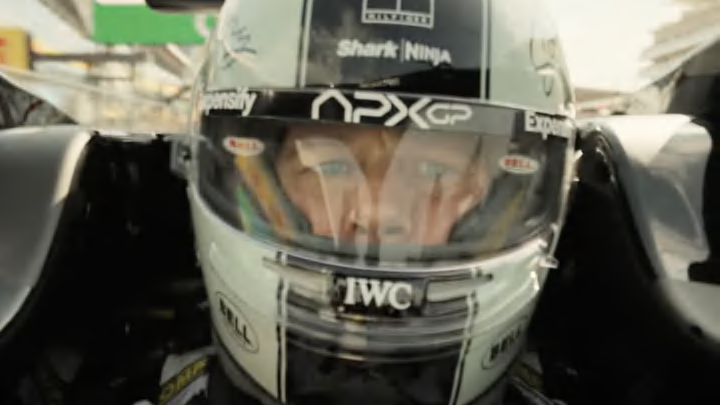F1 Movie Director Reveals 'Uniqueness Of Film' As Efforts Continue To Run High

Brad Pitt's turn as a seasoned Formula 1 driver in the upcoming movie "F1" is just one facet of a film that promises to redefine authenticity in sports cinema. Slated for release in June 2025, this Hollywood blockbuster is weaving real motorsport environments with the high-octane drama of fictional storytelling under the guidance of director Joseph Kosinski.
The movie "F1," beyond its gripping narrative focused on Pitt's character Sonny Hayes—who steps into the cockpit for one last shot at glory—draws its unique appeal from an unfiltered view into the world of Formula 1 racing. Filming during actual Grand Prix events, notably at the Silverstone circuit during the British Grand Prix, has layered the production with a genuine veneer that often eludes sports films.
Brad Pitt, alongside actor Damson Idris—who co-stars as his teammate—has been thrust right into the heart of racing.
"We trained Brad for almost three months — Brad and Damson Idris — in various cars. Lewis [Hamilton] says they’re really terrific; they’re just natural, natural athletes."
The fidelity of "F1" extends into its technical feats, orchestrated by a directive from Joseph Kosinski and suggested by Toto Wolff, the Mercedes team principal. Kosinski explains:
“At one of our first meetings, Toto said: ‘You should build this off a Formula 2 car, but make it look like a Formula 1 car.'” The result? Vehicles that are not only bona fide racing machines equipped with Formula 2 chassis and engines but also aesthetically tuned to resemble their more prominent Formula 1 counterparts.
“They all complain that racing movies aren’t fast enough because usually when they build these cars, they’re movie Volleyball. You know, they look right, but they aren’t real race cars.”
He continued:
“We worked closely with Mercedes and their design team and aerodynamicists to develop a custom body that resembles the latest generation Formula 1 car.
“They’re built specifically for this movie. They also have 15 camera mounts built into them, including the recorders and the batteries and the transmitters.
“They’re made for shooting movies, but they are fundamentally race cars.
The realism doesn't stop at the vehicles. By incorporating actual Formula 1 drivers and orchestrating shoots amidst the bustling atmosphere of live Grand Prix events, Kosinski and his team faced unparalleled logistical challenges.
“We’re shooting at the actual grands prix, there are certain aspects of this film where we’re working in very, very tight windows, shooting on the track, between practice and qualifying sessions, in front of hundreds of thousands of people,” Kosinski added.
